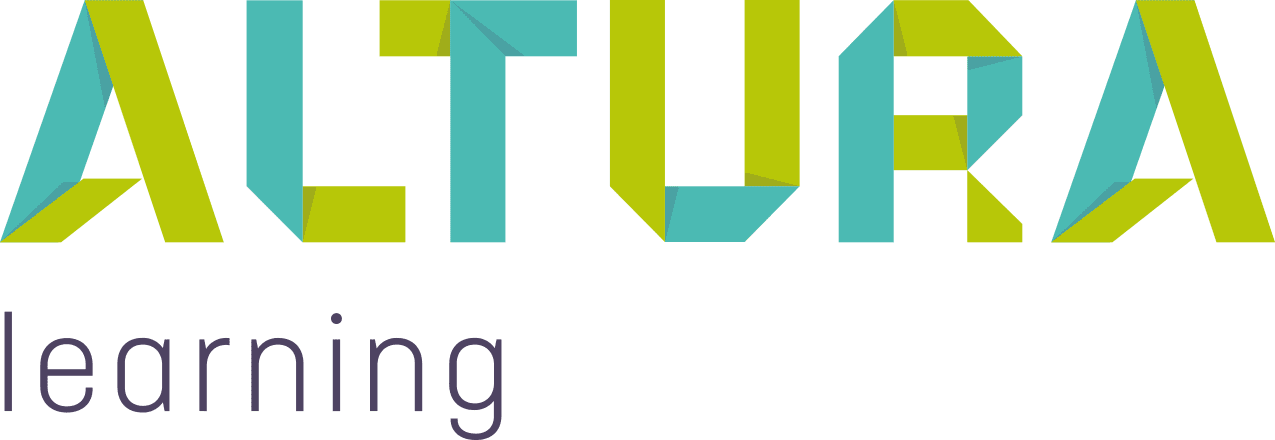Home | Altura Blog |
How to conduct a Training Needs Analysis
June 17, 2022 | Altura Blog
Why do we need to conduct a training needs analysis?
A training needs analysis (TNA) is a valuable tool to gauge the learning and development requirements in your organisation. This tool will give you a good idea of your staff’s current knowledge, skills and qualifications, and the focus your training should take, to ensure your staff are competent in their roles and can provide quality care and services. Completing a TNA will advise you of the current learning gaps staff have, and the training they would like to complete. It can also assist you with staff development and progression, such as recognising staff members who are interested in upgrading their skills or progressing into a role (for example, a care worker studying to become a registered nurse).
The TNA can also assist you with obtaining feedback on your current training programs, so that you can assess what’s working well and identify areas for improvement, such as current courses, content delivery and presentation. A good training needs analysis will also assist you in planning and developing your training calendar, together with maintaining continuous improvement.
How to create a Training Needs Analysis (TNA)
- Selecting the media platform
- Deciding your outcomes
- Developing the questions
- Analysing the information
- Communicating results
1. Selecting the media platform
Having a good understanding of your budget and staff capabilities will help you decide on how your training needs analysis will be conducted. Various media platforms can be used, such as a paper-based survey, an online survey, or observing and talking to staff. Survey Monkey is an online survey tool which can be used to conduct your training needs analysis.
2. Deciding your outcomes
Reflect on what your desired outcome is for the training needs analysis, so you can develop the correct questions for the tool. This may entail speaking to relevant managers and understanding the job descriptions for specific staff. For example, the organisation may have an expectation that all care staff know how to don and doff PPE correctly. If this is the desired outcome, then questions, observations, and/or interviews with staff should focus on assessing this specific skill set. If you are developing your training calendar for the year, you want to find out what current skills and knowledge your staff have, and what gaps exist in performing their roles at an optimal level. Questions on staff qualifications, skills, behaviours, and experience should be included in the tool. Similarly, if you are completing the TNA for continuous improvement, you would include questions on the user experience of current courses.
3. Developing the questions
It’s best to keep your TNA simple and easy to use, to ensure easy access and a volume of completion. So, if you are using an online survey, ensure there are no firewalls or browser issues with the link you send out. It’s essential that the survey doesn’t overwhelm staff with too many questions – five short and succinct questions that align with your required outcome can be enough to capture the data you need. Inform staff ahead of time, via email, posters or at meetings, that a survey is coming and inform them of the reasons why this survey is so important, and the benefits to them as individuals. Provide them with a clear timeframe for completing the survey (e.g. a fortnight) and continue to encourage completion over this time period.
4. Analysing the information
Online surveys will generally collate the information for you. If you have used a paper-based survey, you can tabulate your results based on the questions, and work out percentages. Next, analyse the data you have collected, focusing on which skills are imperative for staff to complete their roles. Review the biggest gaps in training, and most urgent skills or changes in behaviour that are required for staff to conduct their role to the organisation’s standard. Then create your training plan, with appropriate time frames in mind, to close these gaps. Discuss any continuous improvement measures at your quality meeting, and evaluate your training strategies at future meetings, to ensure that the training meets the needs of the organisation.
5. Communicating results
Inform staff of the results of the survey and the proposed actions in place to address the gaps and identified training needs, via an email and at meetings or handovers.
How can Altura Learning support your organisation?
A training needs analysis is an essential element of the learning and development process within your organisation, helping you to meet your desired training outcomes and improve the skills, knowledge and behaviours of your employees. Once your organisation has identified the gaps in your training, Altura Learning can assist you in picking the right courses to meet your identified learning needs.


